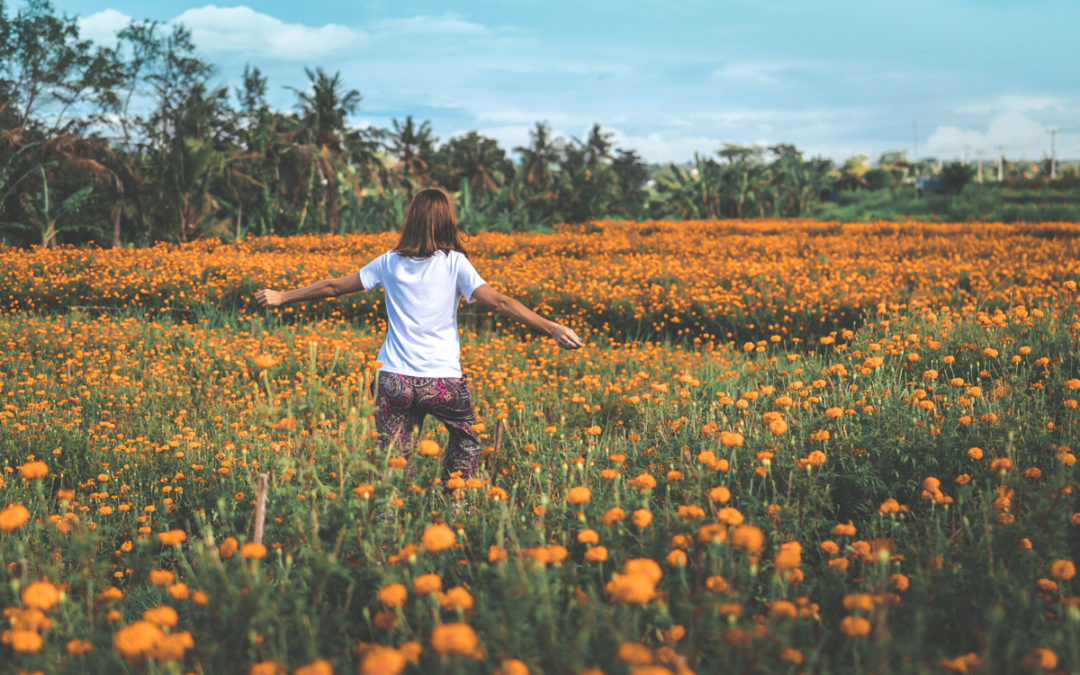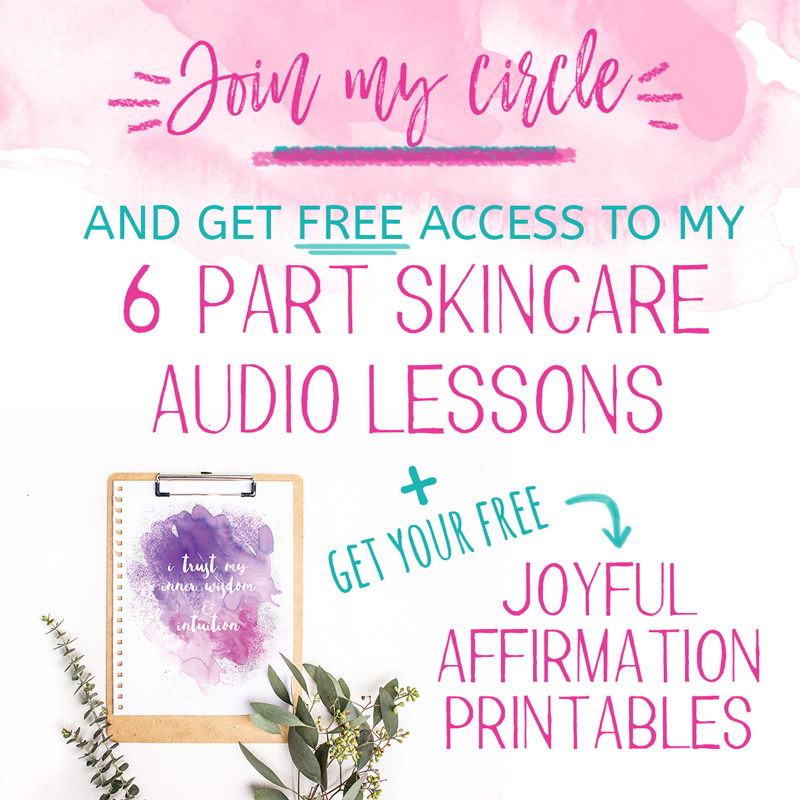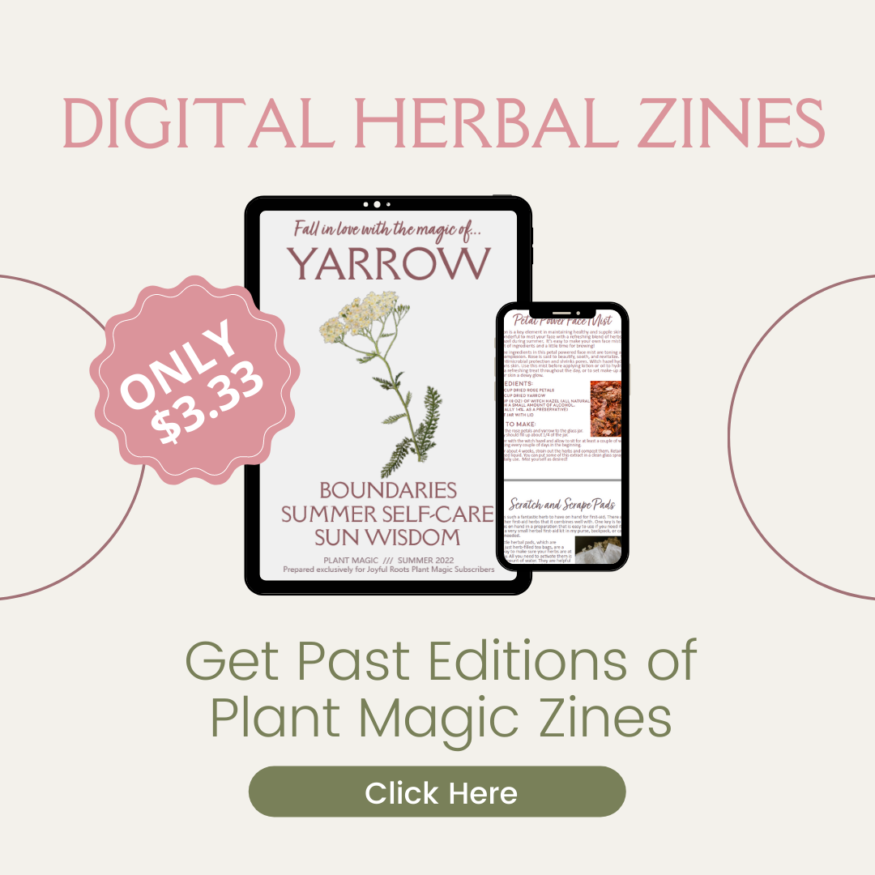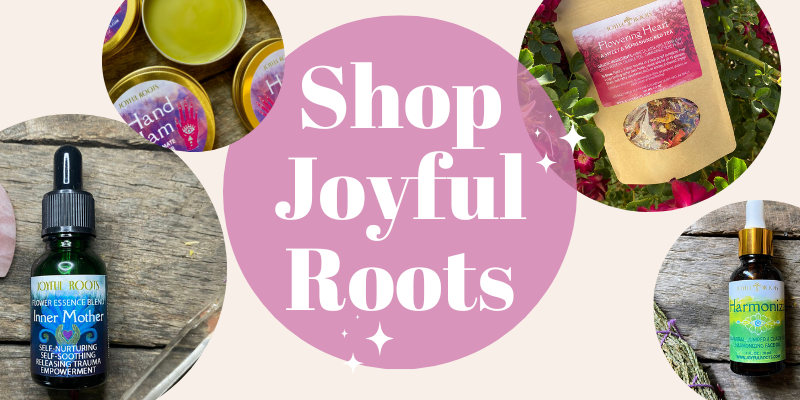For many of us who already stumbled upon the plant path, we can think of a dear plant friend who pulled us in and brought us down the rabbit hole of plant love. It could be the first time an herb helped you to feel better, the first time you felt really attracted to that certain flower on your walk and decided to hang out for a while, or a plant that you find yourself going back to over an over again. Perhaps you’ve just now had an epiphany realizing you did have your herbal ally all along?
Not all of us have had that happen yet, though I believe it’s just a matter of time. If you have yet to find that special herbal ally, have no fear, you can start speeding up the process with a few simple steps:
What is growing around you? Start there. After reading this, take a moment to get offline and outside. Even if you live in the city, there are surely some plants around you, whether they are tended and cared for or just growing through a crack in the sidewalk. Do any of them call your attention? Why not hang out with one for a bit? Look a bit deeper than normal, noticing the shape of it’s leaves or flowers, the variation in colors, the texture of the leaves, and the shape of the stem. Are there any insects attracted to it? Is it moving? What feelings do you get when you are around this plant? Do you notice anything shifting in your body? You may even want to write down what you notice or draw the plant.
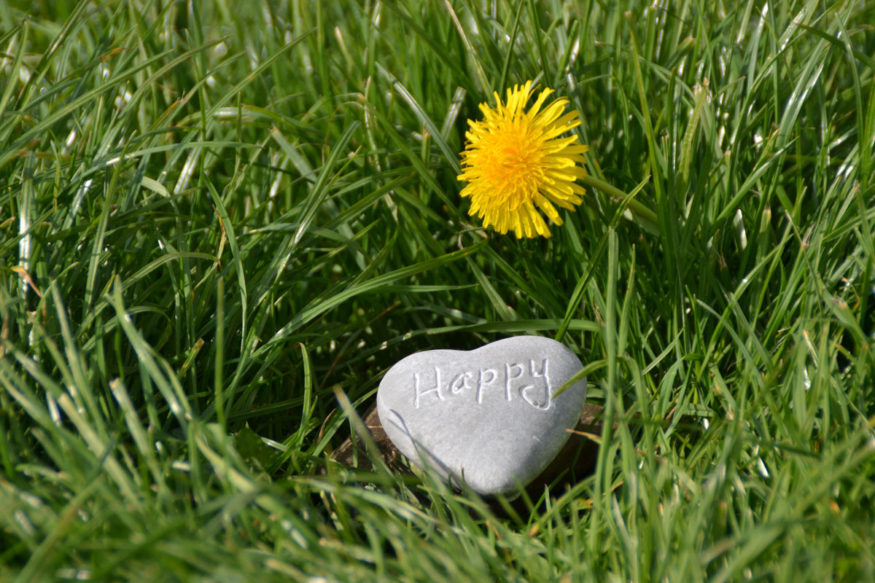
The plant you find may or may not be a plant ally, but getting to know any plant a bit better is a great start to opening yourself to plant communication. I’m not talking about hearing the plant speak (although I bet there are people who can do that) but rather noticing the subtle energy shifts you feel in your body while being around the plant…that is it’s own form of communication!
If you feel called to know more after being with that plant for a bit, you may decide you want to identify the type of plant. What is it commonly called by? What is it’s latin name? Do you notice more of this type of plant around? What else can you discover about it?
If you have been able to identify the plant and are 100% sure you have correctly identified it, is it edible or medicinal? (Just a note of safety here, please do not ingest any plant unless you are 100% sure you have correctly identified it and also know that it is safe to ingest). If it’s edible or medicinal, abundant (check out this guide to sustainable wildcrafting), and growing in a uncontaminated/unsprayed area, you may decide you want to make a tea from it. If the plant is not safe to ingest, but is safe to handle, you can also dry some of the plant material to carry around with you in a medicine bag, as a posie (small bouquet), or in your pocket.
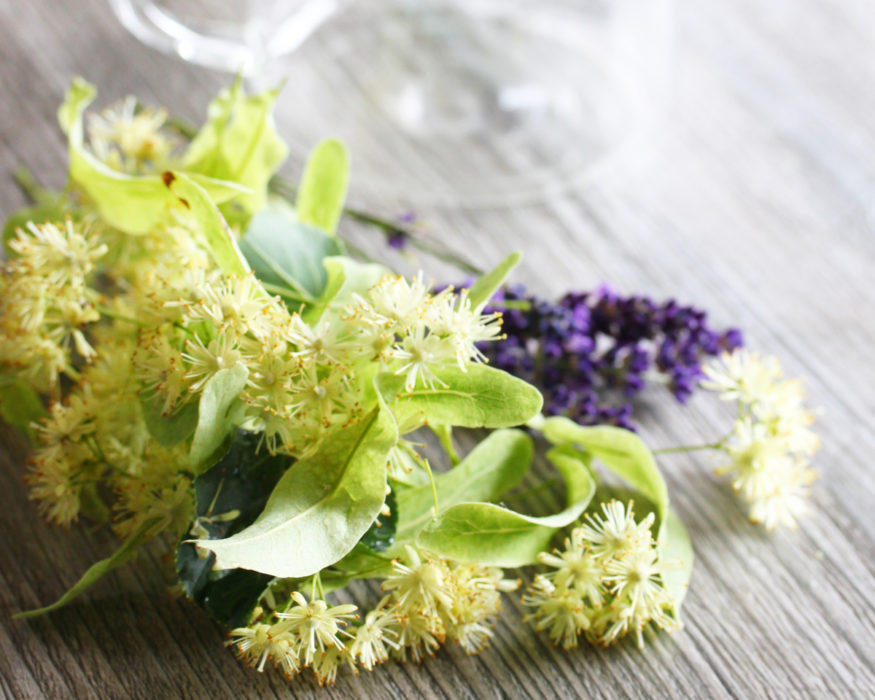
Before picking the plant, it’s polite to first ask the plant permission and give an offering. I like to give a sprinkle of water, cornmeal, a piece of my hair, or even sing the plant a song. You may be thinking, realllllly Kim?, but this is something our ancestors did all of the time because they were so much more in touch with the natural world that most of us are today. They saw everything as alive and sentient, and communicating with our non-human relatives was a way of life. When you start to tune in, I have no doubt you will begin to be aware of this as well (if you aren’t already).
Once you have gathered your plant material, dry it in a cool dry place. You can hang it upside-down to dry, place it in a paper bag and shake daily (if you live in a dry climate) to dry, lay it on a drying rack, or put it in a dehydrator at the lowest temperature.
With your dried plant in hand, you can now make a tea! Start with a small amount of the herb and work your way to a stronger infusion if desired and safe to do so…this is where knowing your herb comes in hand. Take 1 tsp of the plant material and place it into a heat proof container or tea pot. Pour boiling water over the herb, let sit 15 minutes, strain, and enjoy!
I find it best to get to know your plant consistently for at least two weeks, drinking the tea daily and noticing the subtle shifts you feel in your body. Journaling during this process is a great way to take notice of any changes in your body or emotional state. How did you feel at the beginning of the two weeks and how do you feel at the end? Write these changes down as well.
How do you feel about this plant after the two weeks? Are you more connected to it now? Do you feel the call to continue working with this plant or are you looking forward to meeting a new one? It can be fun to continue getting to know the herbs growing in your area, but it’s also wonderful to get to know a specific herbal ally for a bit longer. You’ll surely benefit from both!
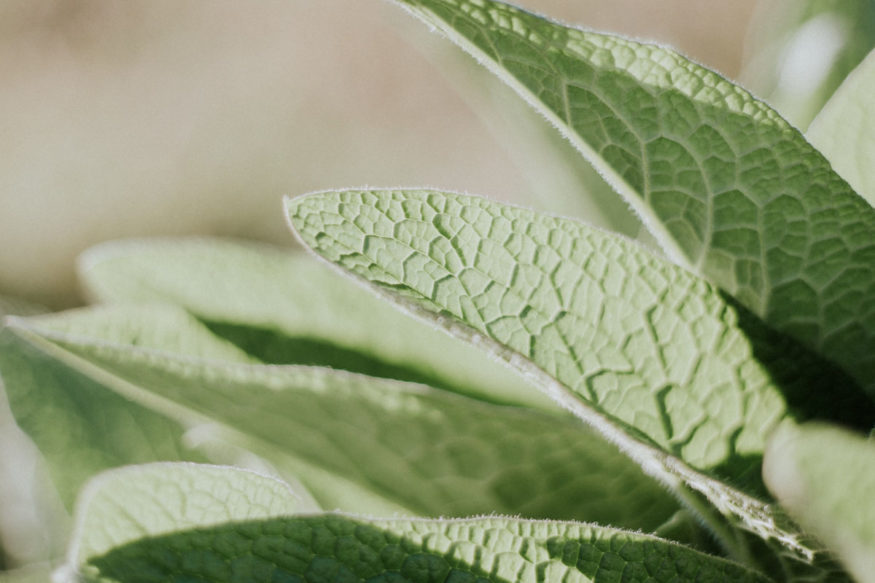
Here are just a few generally safe and recognizable herbs you may find growing in your area, either wild or cultivated:
- Dandelion
- Peppermint
- Calendula
- Red Clover
- Nettle
- Chickweed
- Oats
- Bee Balm
- Chamomile
- Rose Petal or Rose hips
- Mexican Primrose
- Thyme
- Lavender
- Rosemary
- Sage
- Raspberry Leaf
I’d love to here about your experience in the comments below! Happy herbing, friends!

